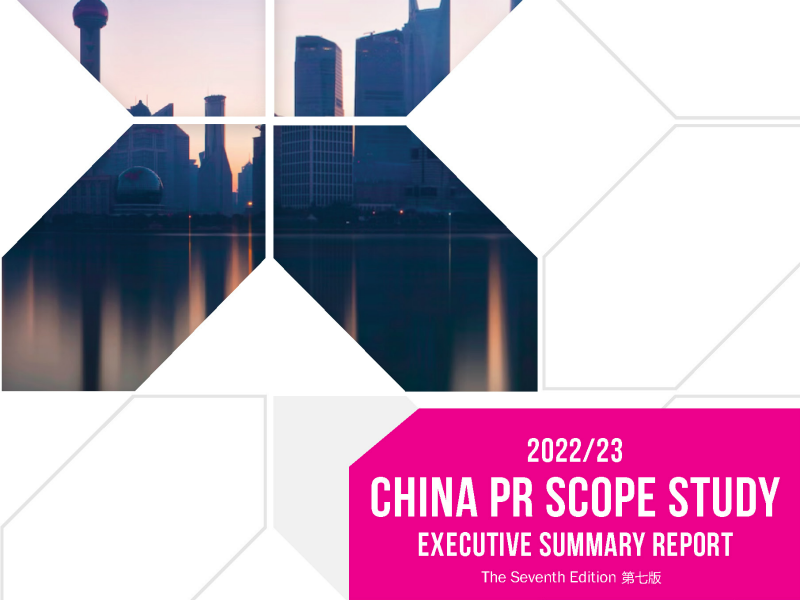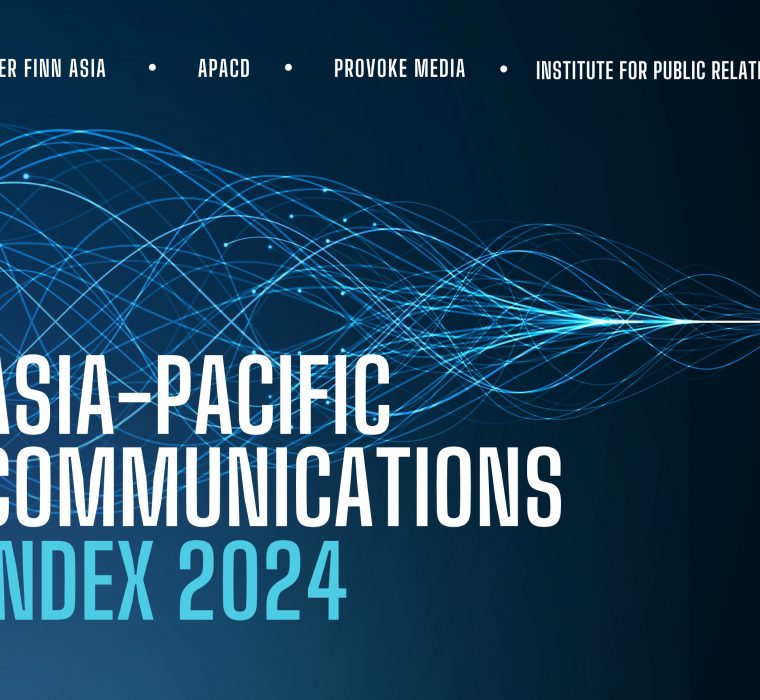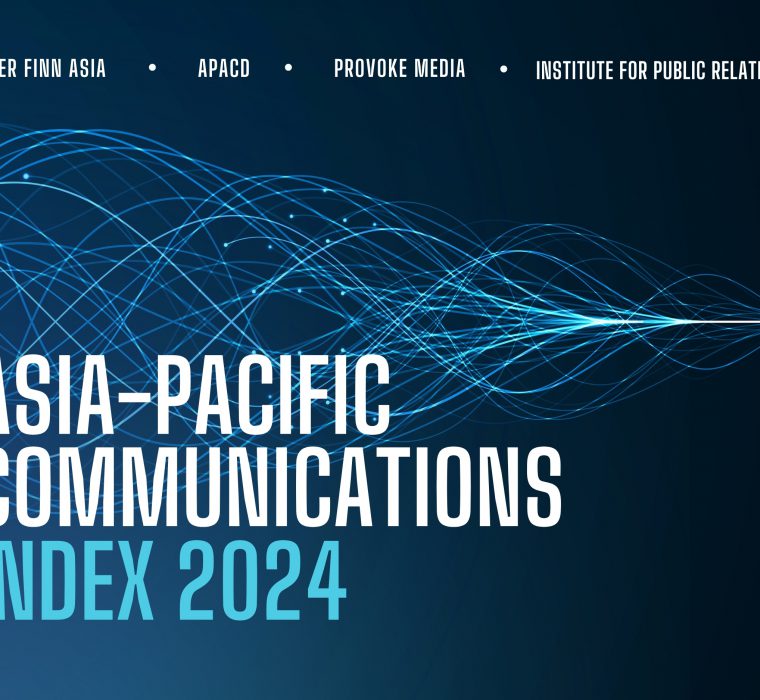R3 Study: Sharp Rise In Marketing & PR Integration At China Corporates
15th March 2023
Increasing integration, demands for greater ESG expertise, and competition from in-house and creative agencies are among the key challenges facing China's PR industry.

BEIJING — 43% of marketing and PR teams across 109 brands in China have undergone various levels of integration in 2022.
The consolidated functions came at the crossroads of growing consumer scrutiny of marketing content and product endorsements, against the backdrop of ESG and data privacy issues. The findings were revealed in R3’s seventh biannual China PR Scope Study, which interviewed 125 marketers and 70 senior PR agency professionals, analysing 168 client-agency relationships.
“Developing in-house PR capability has impacted the type of partnerships that brands have with external PR agencies,” said Sabrina Li, managing director of R3 China, as businesses have shifting consumer landscapes.
Of the 10 key findings, the first found that the main priority for businesses was being agile and responsive to industry trends, needs, and crises. This was caused by the pandemic which reduced offline activities sharply. In 2022, 46% of planned marketing campaigns had to stop and shift to online platforms, as compared to 29% in 2020. 14.6% now account for enterprise risk management in their strategies, a more than 10% increase from two years ago. 11.5% prefer precision marketing with ROI as the focal point, up 5% from 2020.
To meet these needs, businesses restructured PR and marketing functions and consolidated resources. 39% of departments used to work in silos, but in 2022, 57% experienced integration — an almost 20% spike from just two years ago.
In contrast to 2020, where only 29% were gradually integrating, close to an additional 14% were undergoing restructuring last year. Out of this 43%, almost 30% have already merged PR and marketing efforts.
The report finds two key takeaways for PR agencies to stay competitive and deliver relevant value to clients. First — CSR demands a greater ability in high-level strategic thinking and planning.
Marketers were asked which scope they needed the most support in when it entailed CSR or ESG initiatives. The top four results out of 12 centred around outreach strategy and marketing. However, when agencies were asked about the kind of CSR or ESG expertise they could offer, there was a discrepancy in the corresponding capabilities. Strategic thinking and planning took fourth to seventh place only.
“Scopes of work will change for agencies, and they will need to work harder at being clear about their areas of expertise. PR agencies in China need to promote their unique service offering, show they can support in-house teams, and prove their value through performance-based metrics,” said Li.
The report stated that international brands have demonstrated more comprehensive planning ability when it comes to CSR, while local brands have room for improvement. Marketers still do not have knowledge of the full suite of PR agencies’ services in the areas of KOL marketing, competitive product analysis, and strategic consulting.
The second takeaway is that PR agencies can differentiate themselves by highlighting service capabilities, competitiveness through innovation, and resource acquisition.
When asked about the biggest challenges PR firms will face in the future, 17% of marketers mentioned that PR agencies have weak USP caused by a lack of creativity, while 10.7% said PR agencies generally lack a strong integrated and comprehensive approach.
While they do maintain an advantage in terms of corporate PR, crisis management, media relations, PR agencies are faced with competition from in-house and creative agencies in brand communication planning. To manage this, talents and tools investment in entertainment, social, data, technology, e-commerce are fundamental.




